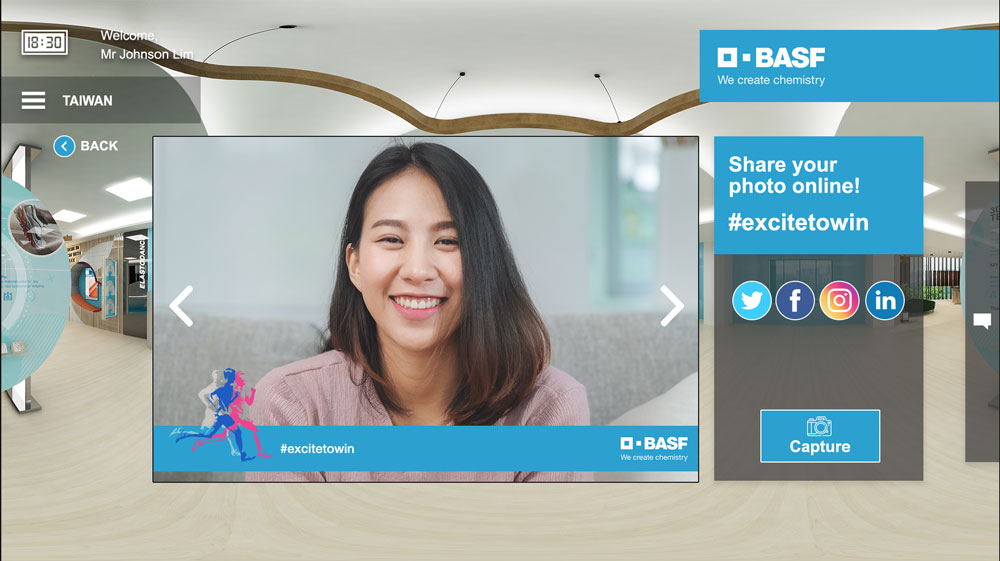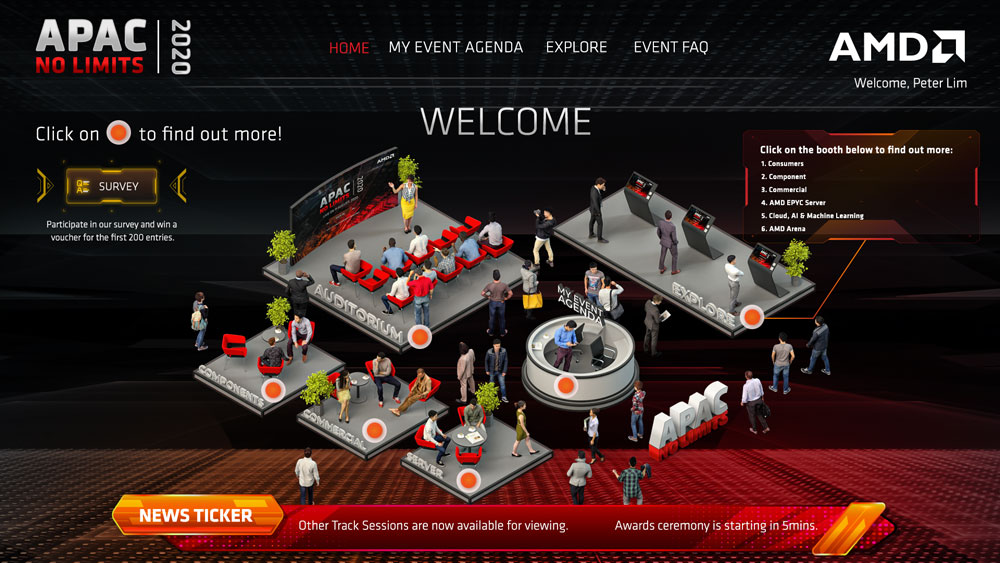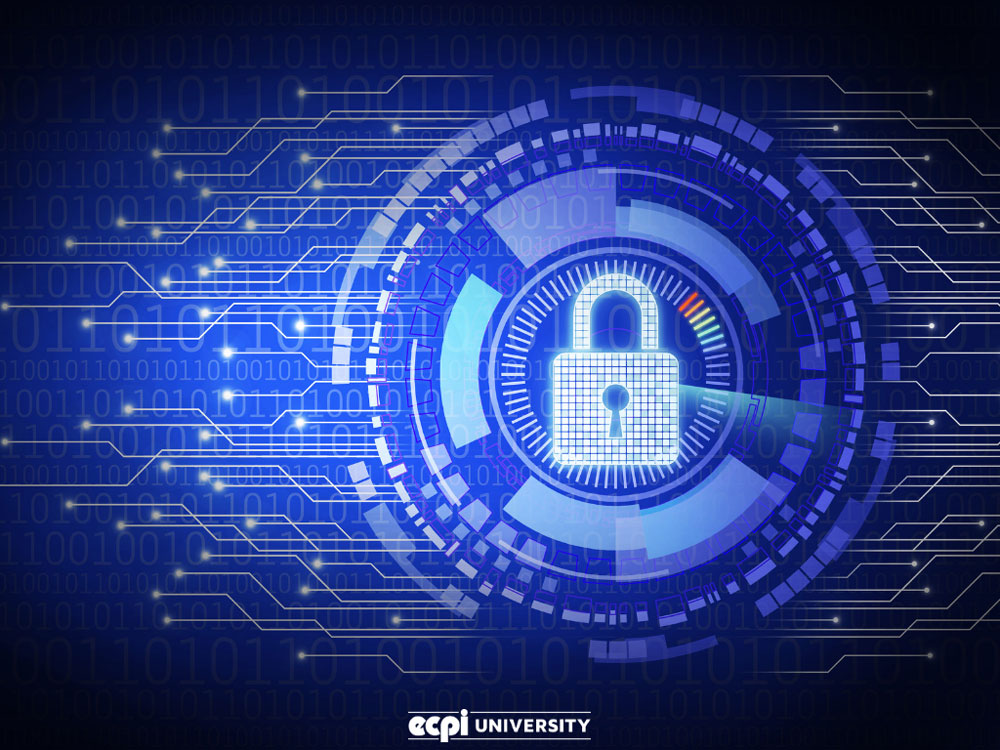In this era of interconnectivity, digital experiences have become part of our everyday lives as consumers entrust their own private data to organisations – on the condition that it remains private. However, even as businesses strive to keep that condition, cyber hacks have been and will cause massive disruptions across the globe.
The Rise of Cyber Crime in 2020 and Beyond
From the hacking of 23 million users on a web-based game to a local Zoom meeting that exposed children to obscene images – a very common feature in virtual events – it is becoming increasing clear that digital experiences are at severe risk of cyber hacking.

Web-based games are conventionally fun and addictive activities, attached with a competitive element such as a leaderboard. Marketers build interest in their digital campaign by including real-life prizes for top scorers, spurring players to put in substantial time and effort as they compete for attractive rewards. The caveat is that hackers will see this as an opportunity to employ cheats into the game to earn a place on the leaderboards, stealing personal user data such as email addresses and phone numbers in the process. Without proper cyber security frameworks to prevent cheating, the entire marketing campaign is liable to sabotage from even novice hackers.

At first glance, photo booths appear to be a simple touchpoint for visitors to take photos that serve as memorabilia. As organisations utilise them to attract visitors, most are unaware of its innate value to hackers. Photo booths generally collect names, contact details and photos of its users. Today, innovation using modern technology has paved the way for advancements in photo booths, particularly augmented reality (AR) and user profiling that collects a wealth of data to identify the user’s gender and age. This data requires a high-level of cyber security to protect the sensitive information from the hands of hackers that wish to steal the data for financial gain.

With the current work climate, we are witnessing a swift rise in virtual events for their effectiveness in conducting pseudo-physical conventions, from the comfort of our homes. These digital experiences have shown remarkable promise, successfully facilitating product launches, virtual tours of newly built facilities and even previously cancelled MICE events. As a result, these events contain a slew of valuable data that is restricted for public viewing. Besides user credentials and personal data, information about a business’s brand-new product line as well as company trade secrets are at stake. Thus, it is paramount to establish robust cyber security measures in a bid to prevent sensitive information from leaking.

Recent studies have emphasised the need for cyber security, with rampant cybercrime across the world’s leading economies – including Singapore. In today’s data-driven world, every digital experience, no matter big or small, is susceptible to cyber hacking. However, with the appropriate security measures, these disruptions can be significantly minimised.
Cyber Security – A Trinax Core Focus
(Data Protection Assured (Trust Mark) Logo, source: IMDA)
As a company that hinges on a blend of creative thinking and technological innovation, we now regard cyber security as an additional core pillar of our growth into the future. Through our stringent policies and procedures, we have been awarded the Data Protection Assured (Trust Mark) certification by the Infocomm Media Development Authority (IMDA).

The Trinax team also appoints a Cyber Security Officer that has created and implemented security protocols and best practices for our own organisation on a daily operational basis.
As an architect of Trinax’s security infrastructure, the Cyber Security Officer will also verify the security framework of all incoming projects – giving peace of mind to both Trinax and our clients when the actual campaign begins.
For an added layer of security, our in-house Quality Assurance team embarks on a series of vulnerability assessments and penetration tests (VAPT) that actively searches for security vulnerabilities within our digital experiences. These tests will attempt to uncover loopholes and exploits that can be accessed through the user interface or other systems, heavily minimising the risk of hacking when the project is launched to the public.
It should be said that conducting VAPT checks do not fully guarantee an impenetrable security framework, but does greatly decrease the likelihood of encountering cyber hacks from novice hackers.
Keeping Safe from Cyber Threats, Protecting Your Business

With the myriad of cyber security protocols, the appointment of a Cyber Security Officer and IMDA’s Data Protection Assured (Trust Mark) certification, Trinax is poised to be at the forefront of innovative digital experiences with cyber security being our robust foundation.
For our clients, the inclusion of cyber security in their projects presents an opportunity to garner consumer and stakeholder confidence in their business and save on potential loses that might occur from a lapse in security. This also ensures productivity remains intact, with little to no disruptions throughout business processes. The culmination of all these factors ultimately drives revenue and profit with regards to an organisation’s consumers and stakeholders – actively facilitated by the peace of mind cyber security brings to the table.
To find out how you can create a secure digital experience for your target audience, do chat with us via our contact form and we will respond promptly.






